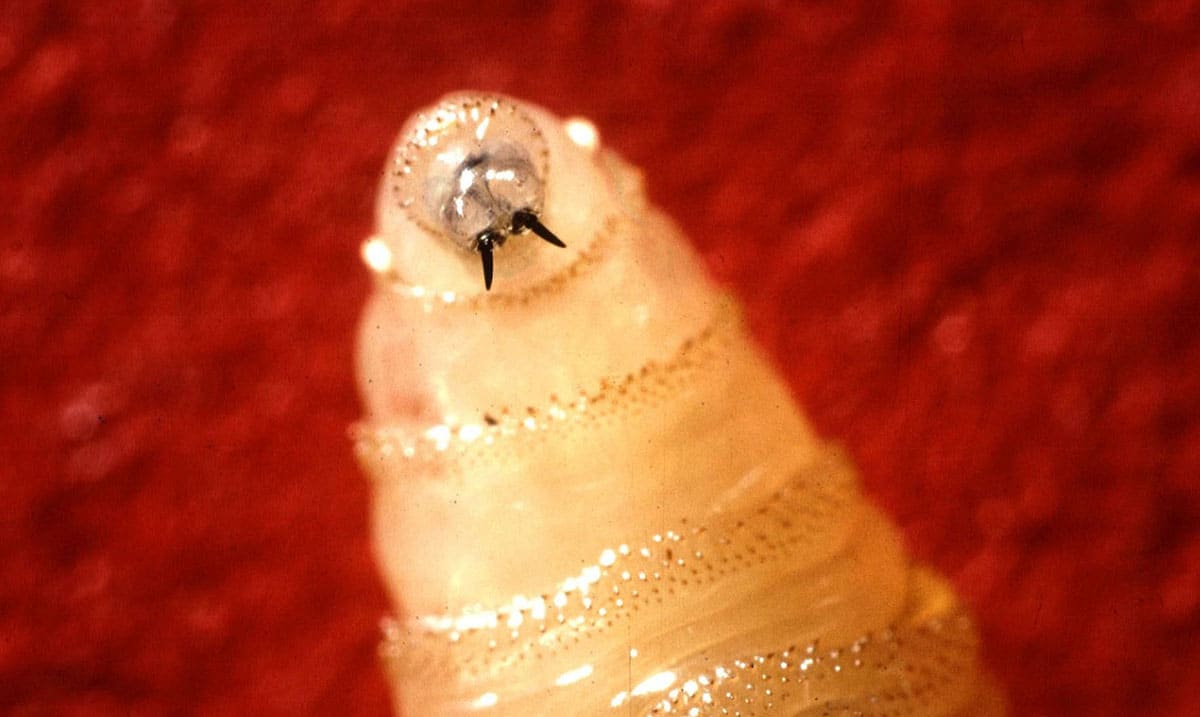Costa Rica declared a state of emergency on February 7, nearly seven months after announcing the resurgence of the New World screwworm fly, as the population of this carnivorous insect continues to escalate.
The New World screwworm (Cochliomyia hominivorax) is a type of blowfly native to large parts of the Americas, notorious for its devastating impact on livestock, pets, and even humans. These flies lay eggs in open wounds, and the emerging larvae burrow into living flesh, causing severe infections, loss of tissue, and potentially death.
Despite efforts to control the screwworm outbreak in Costa Rica, the situation has worsened, with the first human case reported by the Ministry of Health and SENASA in March, marking a significant milestone in the country’s struggle against the pest.
However, there’s hope that, similar to the successful eradication efforts led by the US Department of Agriculture (USDA) in the 1960s in North America, a collaborative governmental effort can “prevent, control, and eradicate” the screwworm menace in Costa Rica.
Understanding New World Screwworms
Screwworms are unique parasites, with larvae that require living tissue to develop. Originally widespread across the Americas, eradication campaigns have now confined them primarily to South America’s northern regions. These pests have distinctive reproductive habits, preferring to deposit their eggs in the wounds of living mammals, a behavior that sets them apart from most blowflies that lay eggs on dead tissue.
The lifecycle of the screwworm can vary with temperature, but what makes them particularly hazardous is their aggressive infestation process. Female flies can lay up to 350 eggs in wounds, which hatch within a day and aggressively burrow deeper, attracting more flies and worsening the infestation.
After maturing, larvae exit the host and pupate in the soil, emerging as flies ready to perpetuate the cycle. Without intervention, screwworm infestations can be fatal in a matter of weeks, especially in newborns with umbilical wound infestations.
Eradication Efforts
The battle against screwworms has employed innovative strategies, notably the sterile insect technique (SIT) developed by the USDA. This approach involves releasing millions of sterilized male screwworms into the wild, where they mate with females, who then produce no offspring. This technique, first used in the US in 1958, has proven effective in controlling screwworm populations and has been applied to manage other invasive species.
Pioneered by USDA scientists Dr. Raymond Bushland and Dr. Edward Knipling, who were honored with the 1992 World Food Prize, the SIT offers a promising solution to Costa Rica’s current screwworm problem. Through continued efforts and international cooperation, there is hope that Costa Rica can overcome the screwworm threat and protect its agriculture and public health from this invasive pest.
If you want over 200+ ideas, phrases, and text messages to drive your man wild with desire for you, make sure to check out my new program, Language of Desire. I give you step-by-step instructions and tons of exact words to use to get exactly what you both want in and out of the bedroom.
P.S. The reason so many men “pull away” from women is because
women don’t understand this naughty secret about men. . .


